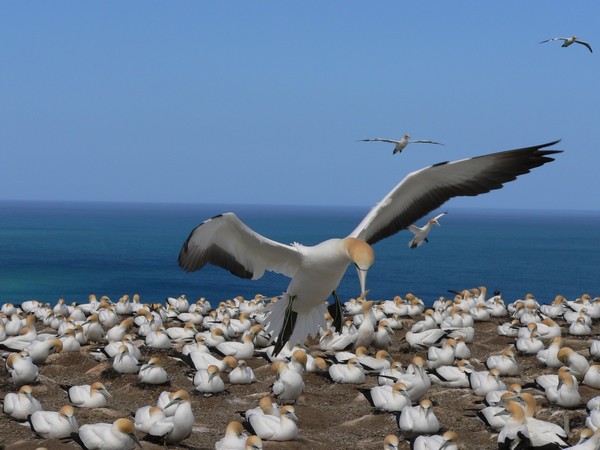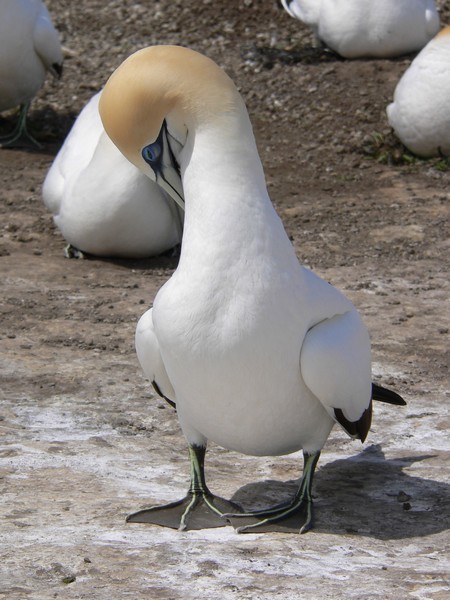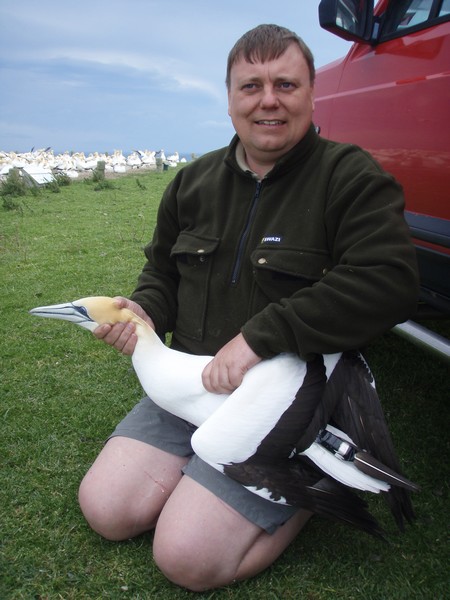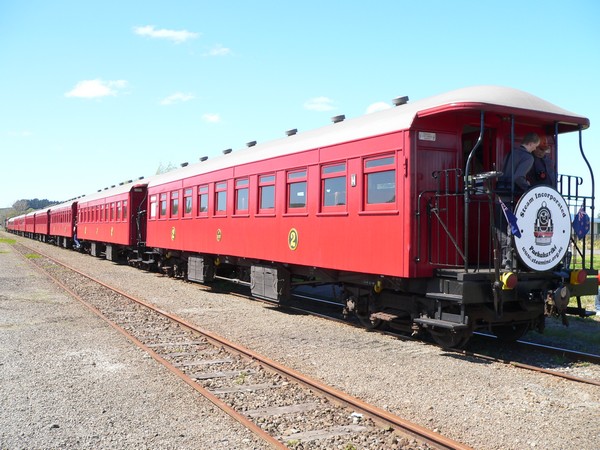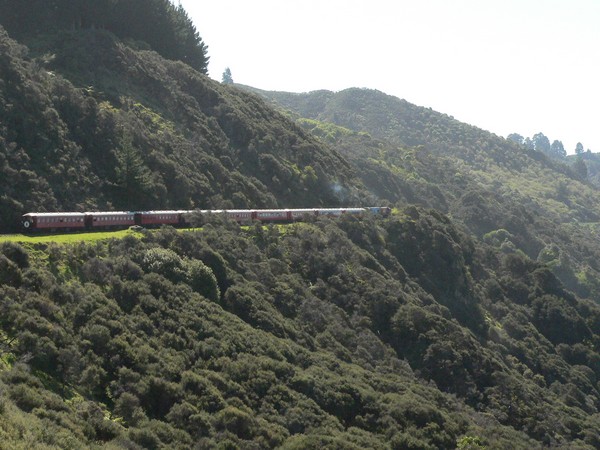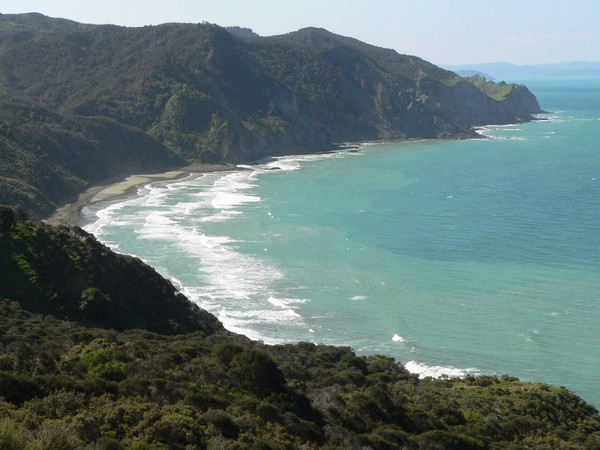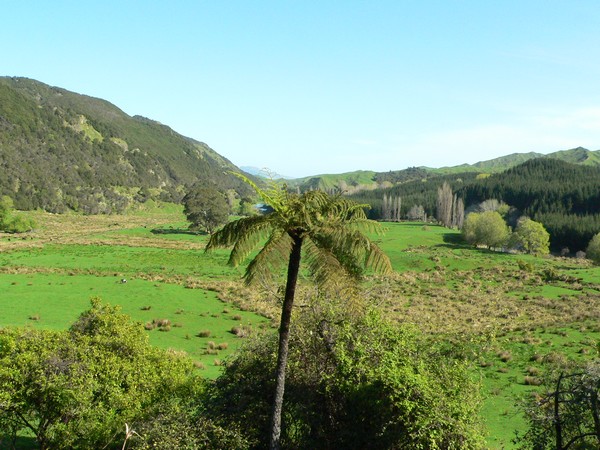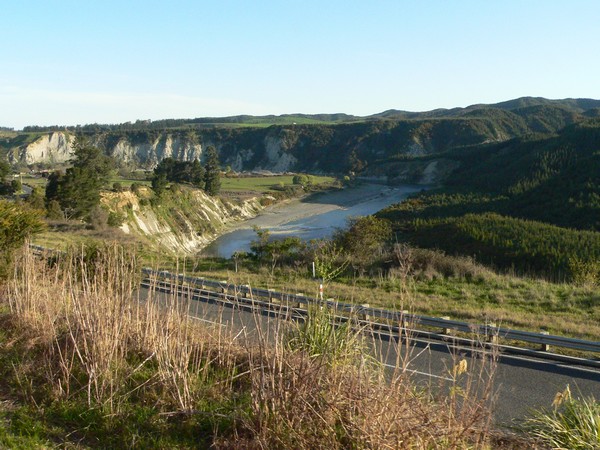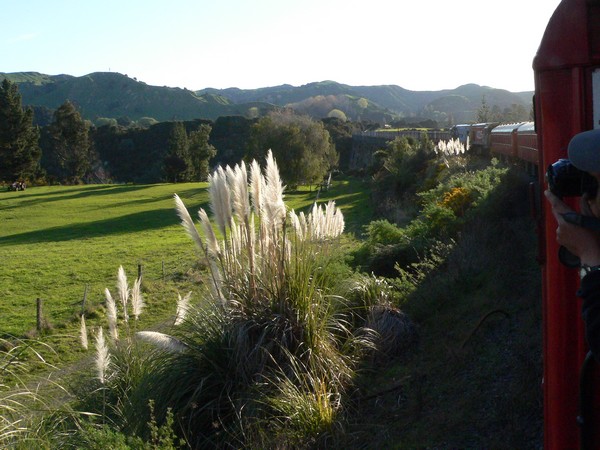I had originally intended a break in New Caledonia. Beautiful, huge lagoon which is reasonably sheltered for water sports, good food with the French influence and it’s named after the old country. However, after some consultation with the travel agent it became clear that New Caledonia was expensive for no obvious reason and that there was an attractive option in nearby Vanuatu – still linked to the old country as it’s part of the New Hebrides. Hideaway Island ticked most of the boxes and came in at least 30% cheaper than New Caledonia for a secluded resort rather than a hotel in town – done deal!

Hideaway Island from the main island, Efate.
I arrived two weeks ago Sunday. Even at 8.30 in the morning it was hot and humid. It is about ten minutes from the airport to Mele Beach. From there, five minutes on a little ferry. The island is as small as it looks with only about a dozen bungalows and a couple of backpacker dorm houses. then there is the bar and restaurant, dive shop and activity hut and gift shop. My waterside bungalow was simply furnished, but very comfortable. It was East facing, so morning sun and shade in the heat of the afternoon – perfect.

The view from the patio doors of my bungalow – not too shabby!
It had been a hellish six weeks running up to my well-deserved break with my fellow manager away for nearly five of those six weeks. Throw a delayed product release and a couple of major problems blocking production into an already hectic schedule and you end up with some crazy hours just to stay on top of the seriously urgent, never mind anything else. So, I did a fair bit of sleeping and dozing in the sun in the hammock for the first day and a bit. But, then I got bored. I’m not one to lay on a beach for a week, I need to do things. I explored and found that the catamaran (singular) was in pretty poor nick as were the kayaks. Two of my intended pastimes immediately less attractive. I went snorkeling and the reefs and fish were awesome. I decide to do the introductory scuba dive and see how it went – an option I was aware of, but not set on. I inquired about the open water dive course and doing the introductory first to see how I enjoyed it. Momentum gathered quickly and I was suddenly enrolled in the open water course and doing the introductory dive in an hour – wow! Well, what the hell. The first dive involved a quite a few drills and definitely took me out of my comfort zone. Having completed that I was given a textbook and a bunch of questions to answer – homework. Still, not a bad place to have to do it! It was good timing on my part as the island was pretty empty, so I had an instructor to myself.
On Tuesday afternoon a group of us went to the local village, ‘Mele’. We were shown round by a staff member from the island who lives there. The houses are primitive, but when the temperature probably never drops below 20 Celcius, who needs windows.

A typical house in Mele village.

The kids are so innocent.
At the end of the trip we went to one of the village ‘kava’ bars to try the kava. This is a drink made form the kava plant root which is pounded with water to make a muddy beverage. During the years of joint British and French rule, kava was banned, but the locals had ready access to alcohol. This resulted in the usual drunken brawls. Since independence, kava is again allowed and there is no more brawling as kava is a sedative rather than antagonist. It makes your mouth numb and gives a slight, relaxed high similar to marijuana – I’m told.
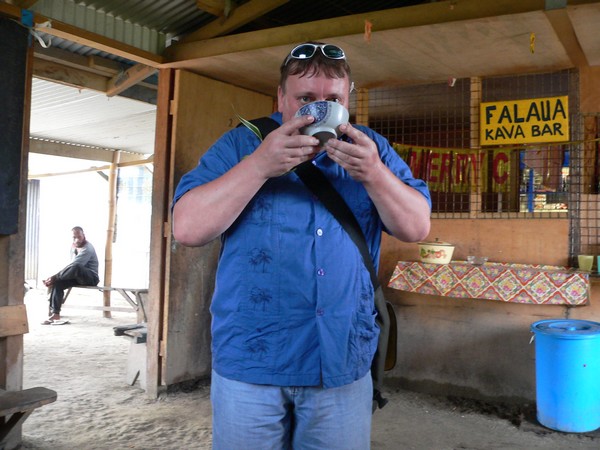
Supping on the kava.
Homework all good, followed by some theory on dive tables and then more practical just off the beach. Not easy, but I was a lot more relaxed and breezed through it. Both instructors were off the island the next day and one of the girls I was hanging out with was heading to the ‘Cascade Waterfalls’, above Mele village, so I joined her tour.
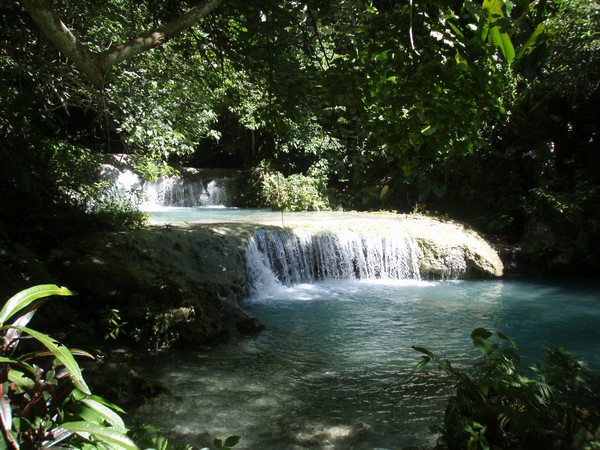
Paradise, and it only gets better.
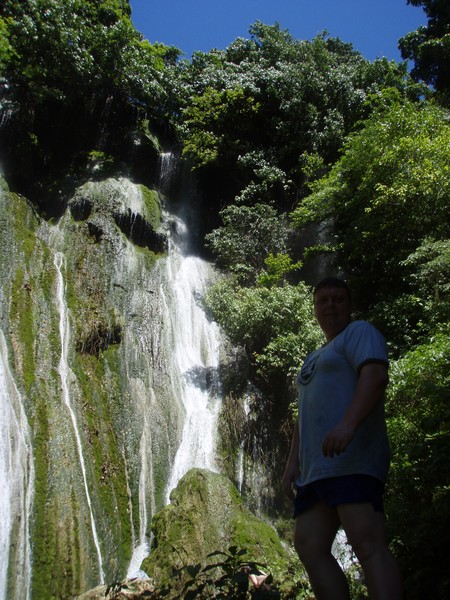
The main waterfall.
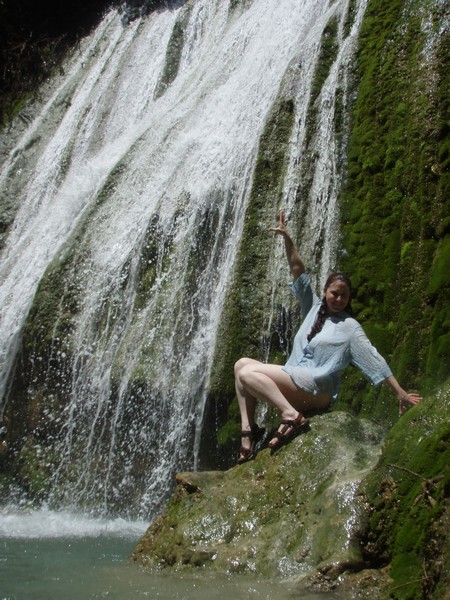
Karli has a ‘Priscilla’ moment by the main Cascade Waterfall.
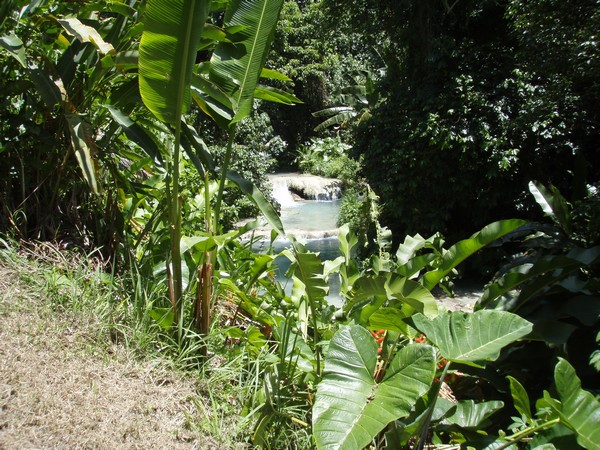
Cool tropical rainforest.
That evening was the, so called, Melanesian Feast – buffet dinner would suffice. Compulsory headgear, more kava and some more good food, so no complaints. Oh, and some singing and dancing around the fire.

Me and my beautiful companions from the week after the feast – all sporting de-rigeur headgear.
On my last full day I had three dives. The first started with surface drills which I’d pretty much mastered by now and then drills on the bottom at around six metres. The same as I’d done in three metres, but with some choppy waves. All good. Then a half hour cruising around the reef as deep as twelve metres. Having passed all my drills in the first open water dive, the next two were purely recreational, but necessary for the certificate. So, that was that, now a certified open water diver.
That afternoon I went for a snorkel and tried a bit harder with my new camera. I’d not taken it diving as I was going deeper than the maximum 10m and didn’t want, or need, the distraction. There was a lot of surge from the swell, so most of my initial pic’s were crap. Heres one that wasn’t too bad.
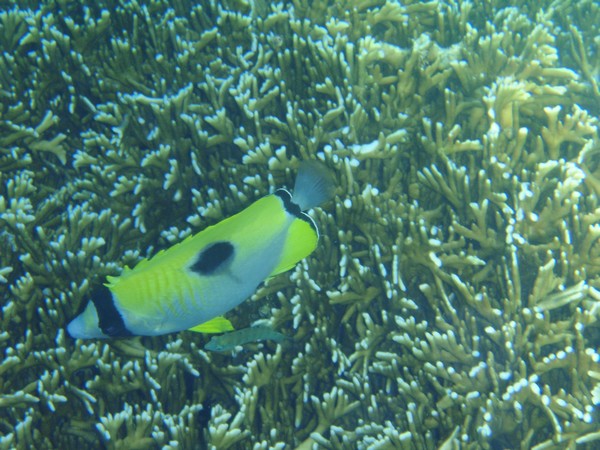
A Butterflyfish above Delicate Fire Coral.
A great holiday and met some cool new friends. Learning to dive was the cheap bit, now I need to buy the gear and keep doing it. I may very well go back to Hideaway Island as there are a whole bunch of dives beyond the twelve metres I was limited to which sound awesome.


